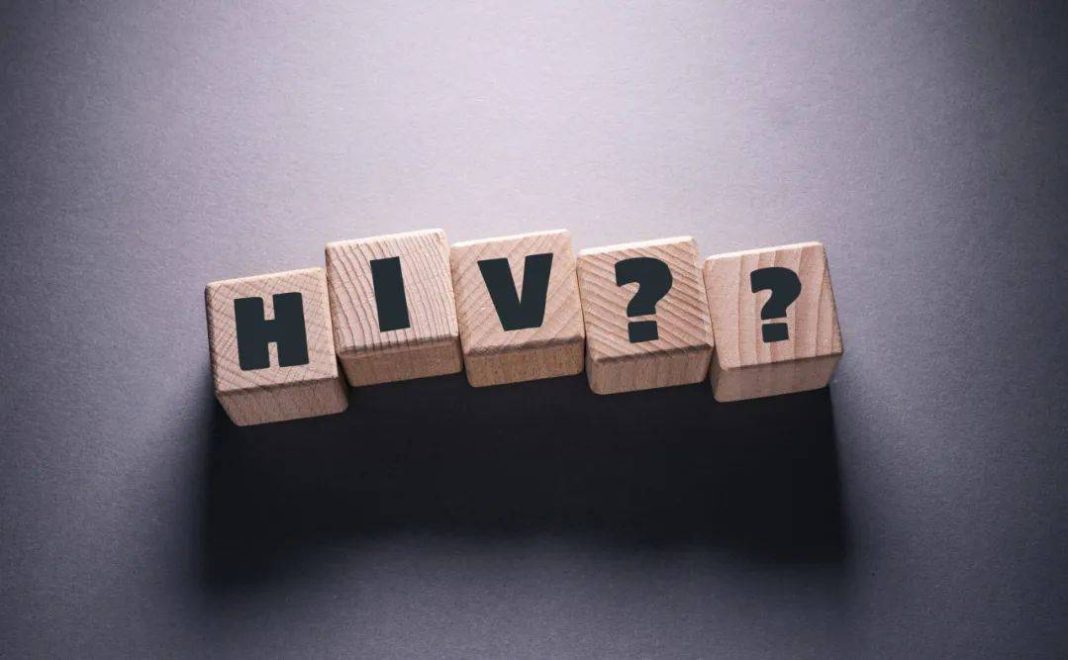In modern society, the concept of sexual health is receiving increasing attention. Condoms, as one of the most commonly used protective measures, can effectively reduce the transmission of sexually transmitted diseases. However, not all STDs can be completely avoided by using condoms. Today, let’s talk about those STDs that can still be contracted even with condom use, helping everyone to gain a more comprehensive understanding of sexual health knowledge.
Image source: Shetu Network
1
Genital Warts
Genital warts are a common sexually transmitted disease caused by the human papillomavirus (HPV). Since HPV can be transmitted not only through direct sexual contact but also through skin-to-skin contact, using condoms cannot completely block the transmission of the virus. After infection, light red papules may appear around the genital area, which over time can grow into cauliflower-like warts.
2
Syphilis
Syphilis is a chronic infectious disease caused by the Treponema pallidum bacteria. Although condoms can reduce the risk of transmitting syphilis, since the Treponema pallidum can enter the body through tiny abrasions on the skin and mucous membranes, areas not covered by condoms during sexual activity still carry a risk of transmission. In its early stages, syphilis may present as painless, itchy red spots, nodules, or ulcers in the genital area, and if not treated promptly, it can progress to systemic illness.
3
Pubic Lice
Pubic lice are parasites that primarily infest the skin near the pubic hair. The main symptoms of pubic lice infestation include itching and redness in the genital area. Because pubic lice can be transmitted through close physical contact, not just sexual activity, the use of condoms cannot prevent the infection of pubic lice.
Image source: Shetu Network
4
Genital Herpes
Genital herpes is a sexually transmitted disease caused by the herpes simplex virus (HSV). HSV can be transmitted through direct skin contact, meaning that the virus can still be passed from one person to another even in the absence of visible lesions. Condoms, while they can reduce the risk of transmission, may still allow for transmission if the virus is present in areas of the skin not covered by the condom.
5
Gonorrhea
Gonorrhea is a sexually transmitted disease caused by the Neisseria gonorrhoeae bacteria, mainly characterized by inflammatory responses in the urogenital system. Gonorrhea can be transmitted through sexual contact, and condoms only cover part of the genital area. If sexual activity involves oral sex or anal intercourse, condoms may not provide complete protection against gonorrhea.
Image source: Shetu Network
Although condoms are currently one of the most effective means of preventing sexually transmitted diseases, they are not infallible. To better protect oneself, it is advisable to take the following measures:
1. Regularly undergo sexual health check-ups;
2. Understand and discuss your partner’s sexual health status;
3. Employ dual protection, such as using both contraceptive pills and condoms;
4. Reduce the number of sexual partners;
5. Maintain good personal hygiene practices.
6. Sexual health is everyone’s responsibility; let us work together to take responsibility for our health and that of others.
I hope this article helps everyone gain a more comprehensive understanding of sexual health knowledge and enhance self-protection awareness.
Friendly reminder
If you have any doubts, feel free to consult professional dermatologists at Beijing Fengtai Guangji Integrated Traditional Chinese and Western Medicine Hospital!
Content source/ Beijing Fengtai Guangji Integrated Traditional Chinese and Western Medicine Hospital
Cover source/ Miaoshou Doctor Design Team


